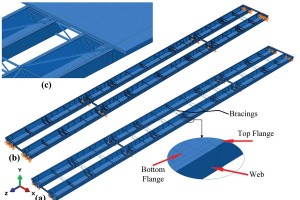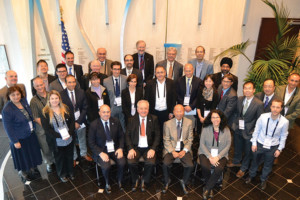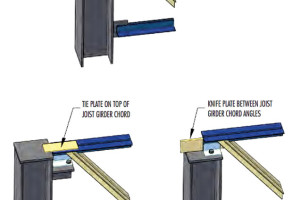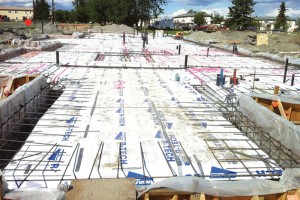Life-cycle assessment (LCA) is a quantitative means for assessing the environmental impact of an object. In structural engineering, the object of interest may be a building, bridge, or other structure. In order to provide a complete picture, the environmental impacts from the entire life-cycle of the object is considered: from the acquisition of the raw materials needed to form the members, through the energy and ancillary materials involved in the processing and transportation of these materials and members, excavation required during construction, future maintenance such as redecking or painting, up to the end use or disposal of the members. …







